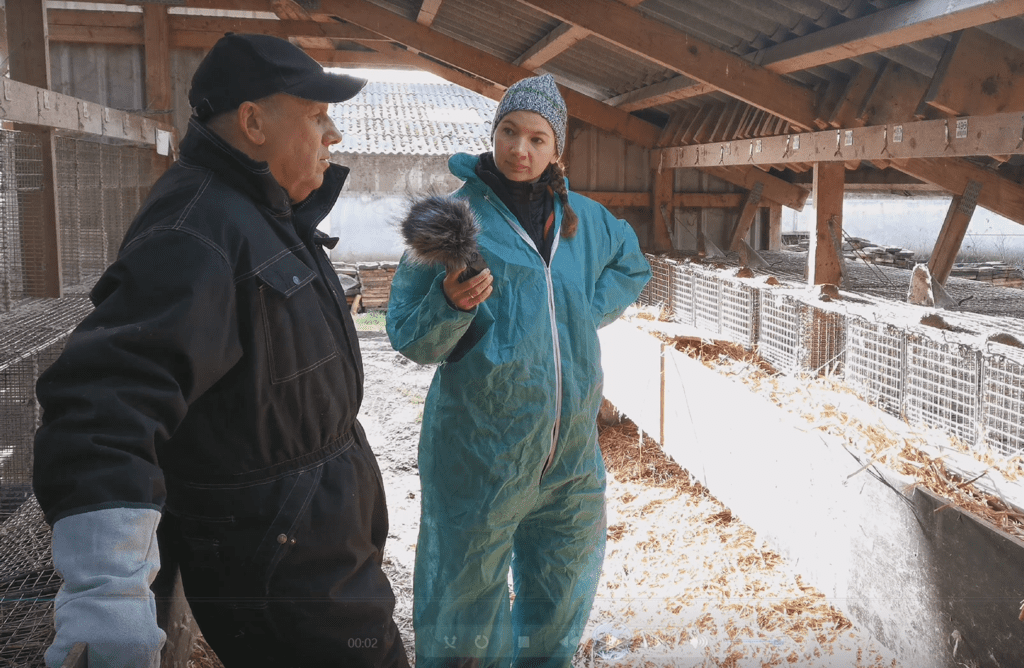Source 1.: Timeline of the development of the corona pandemic, The Green Museum
Chronological overview of international and national events related to Covid-19
Source 2.: The history of the minker industry, Det Grønne Museum
Brief summary of the history of the fur industry and the development of mink breeding in Denmark.
Source 3: Risk assessment from the Danish National Serum Institute, November 3, 2020
SSI's assessment of the significance of coronavirus in mink for public health.
Source 4: Press conference, Prime Minister's Office, November 4, 2020
The Prime Minister's statement on and justification for the culling of all Danish mink.
Source 5: Open letter to Minister of Food and Agriculture Rasmus Prehn, December 14, 2020
Conscripts from the Danish Emergency Management Agency describe the conditions they experienced on the mink farms in connection with the emergency culls.
Source 6: Facebook post by politician Pernille Vermund from Nye Borgerlige, November 4, 2020
Example of an opposition politician's protest against the government's order to kill all Danish mink.
Source 7: Detektor podcast: The Suicide Mystery, December 19, 2020 (Audio recording)
The journalists at Detektor investigate the claim of three suicides among mink breeders.
https://www.dr.dk/radio/p1/detektor-radio/detektor-2020-12-18
Source 8: Interview with Erik Westergaard, mink breeder at Gjøl, December 16, 2020 (Audio recording)
Erik Westergaard owns and operates a mink farm in Gjøl in North Jutland. His father was among the first mink farmers in Denmark and Erik has worked with mink since he was a child. In 2021, the plan was for Erik's farm to be passed on to the 3rd generation. In the Interview, Erik Westergaard talks about his view of the mink industry and how he experienced the emergency culls.
The interview comes from the collection of The Green Museum.
Source 9: Interview with Erik Vammen, mink breeder near Hobro, January 22, 2021 (Audio recording)
Erik Vammen is a mink breeder and has two farms near Hobro in North Jutland, which he runs with his girlfriend, Gitte. Erik has appeared frequently in the media in 2020/2021, when he refused to kill his minks before a law was finally passed. In the interview, Erik Vammen talks about why he kept his minks alive, despite the government's announcement. By order of the Danish Veterinary and Food Administration, Erik Vammen's mink was killed on February 2, 2021.
The interview comes from the collection of The Green Museum.
Source 10: Interview with Joh Vinding, director of Anima, January 29, 2021 (Audio recording)
Joh Vinding is the director of the animal welfare organization, Anima. In the interview, he talks about why the mink industry should not be legal in Denmark and Anima's general position on mink in cages.
The interview comes from the collection of The Green Museum.
Source 11: Home recording of the Hastea Killings on the Danish mink farms, November 1, 2020 (Film)
Mink breeder Brian Langballe Kristensen from Thisted filmed and photographed the conditions during the forced culling of mink on his farm. The images were shown in a report on TV2. https://nyheder.tv2.dk/lokalt/2020-11-01-nu-hober-de-doede-mink-sig-op-i-kaempe-bunker-det-er-det-mest-vanvittige-jeg-har







